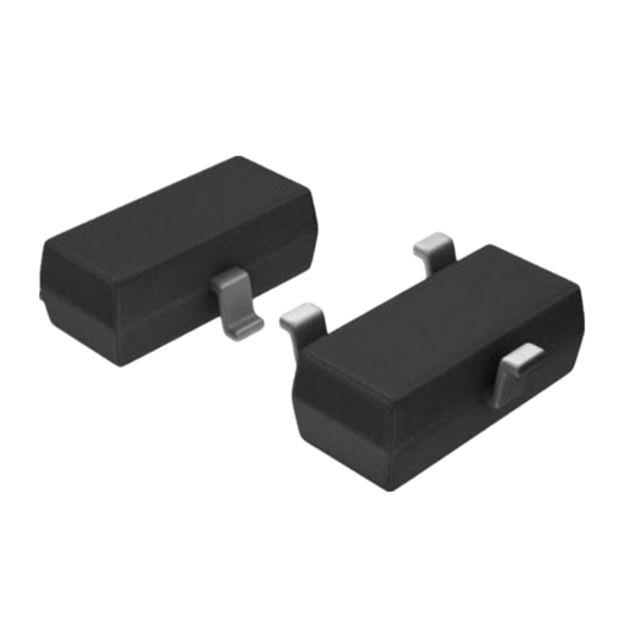Bipolar RF Transistors
Results:
1,964
Manufacturer
Series
DC Current Gain (hFE) (Min) @ Ic, Vce
Noise Figure (dB Typ @ f)
Gain
Supplier Device Package
Power - Max
Package / Case
Frequency - Transition
Current - Collector (Ic) (Max)
Voltage - Collector Emitter Breakdown (Max)
Operating Temperature
Transistor Type
Mounting Type
Grade
Qualification
Vce Saturation (Max) @ Ib, Ic
Current - Collector Cutoff (Max)
Configuration
Current Rating (Amps)
Voltage - Rated
Power - Output
Technology
Noise Figure
Current - Test
Type
Voltage - Test
Frequency
Results remaining:1,964
Bipolar RF Transistors
Bipolar RF transistors are three-terminal semiconductor devices specifically designed for switching or amplifying signals in equipment that operates at radio frequencies. These transistors are categorized into two types: NPN (negative-positive-negative) and PNP (positive-negative-positive), each with distinct characteristics.
The key parameters to consider when selecting bipolar RF transistors include the transistor type (NPN or PNP), collector-emitter breakdown voltage, transition frequency, noise figure, gain, power handling capability, DC current gain, and collector current.
The transistor type (NPN or PNP) determines the polarity of the current flow within the device. NPN transistors have a negative terminal at the base, while PNP transistors have a positive terminal at the base.
The collector-emitter breakdown voltage specifies the maximum voltage that the transistor can withstand across its collector and emitter terminals without suffering damage.
The transition frequency indicates the maximum frequency at which the transistor can effectively switch or amplify signals.
The noise figure represents the amount of noise added by the transistor to the signal being amplified. Lower noise figures indicate better performance.
Gain refers to the amplification factor of the transistor, indicating how much the input signal is amplified at the output.
Power handling capability defines the maximum power level that the transistor can handle without being damaged.
DC current gain, also known as hFE or beta, represents the ratio of collector current to base current and influences the transistor's amplification characteristics.
Collector current specifies the maximum current that the transistor can handle without exceeding its operating limits.
Bipolar RF transistors are commonly used in a wide range of applications involving radio frequency circuits, such as RF amplifiers, mixers, oscillators, and frequency converters. The selection of the appropriate bipolar RF transistor depends on the specific requirements of the circuit, including the desired frequency range, power levels, and amplification characteristics.
In summary, bipolar RF transistors are semiconductor devices used for switching or amplifying signals at radio frequencies. Their characteristics, including transistor type, breakdown voltage, transition frequency, noise figure, gain, power handling capability, DC current gain, and collector current, determine their suitability for different RF applications.


